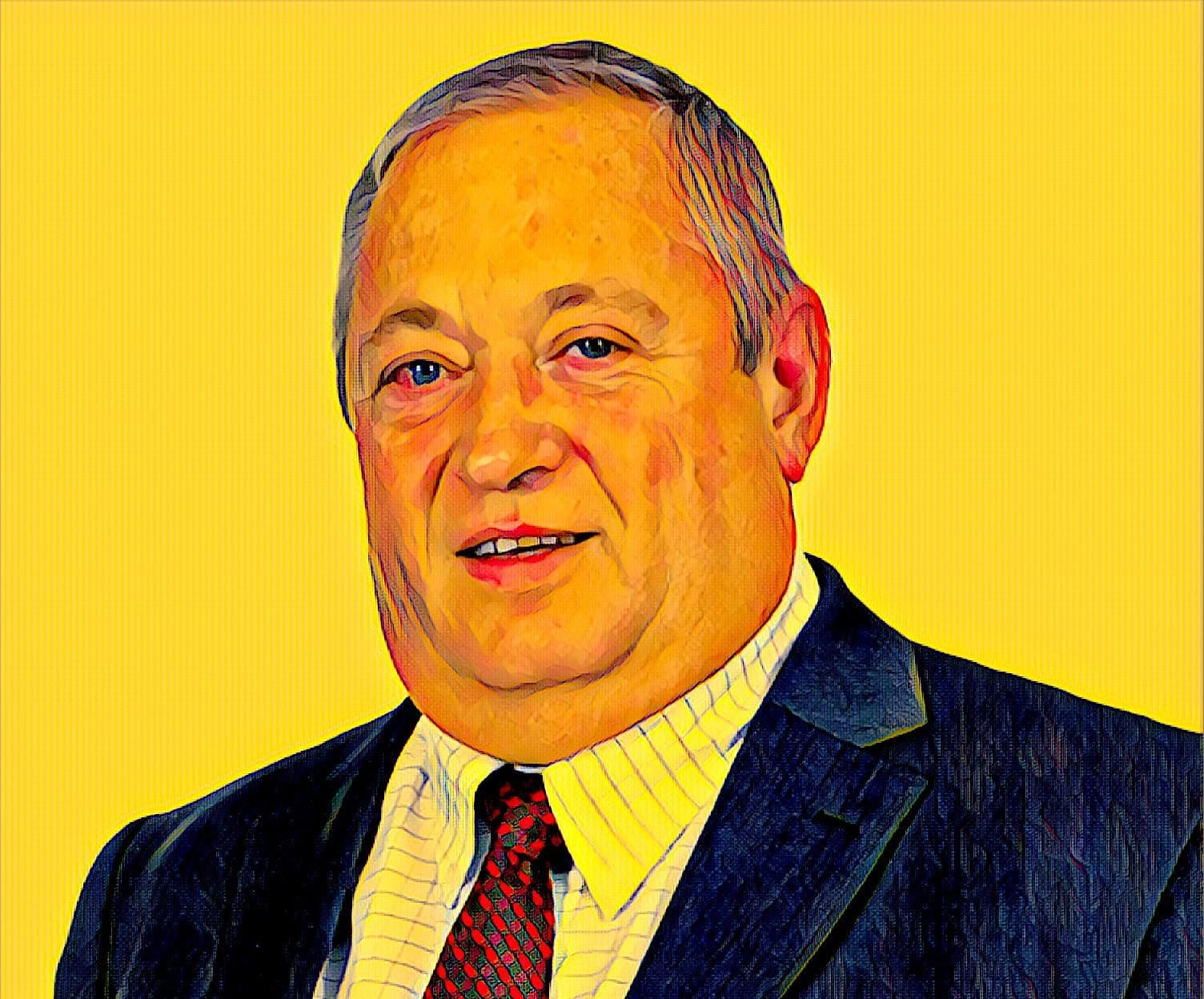South African mining tycoon Neal Froneman criticizes government’s attitude toward sector

Sibanye-Stillwater CEO Neal Froneman has criticized the South African government’s sluggish attitude toward attaining carbon neutrality. He underscored that its position endangers mining businesses and renders them less competitive than they should be.
Sibanye-Stillwater is the world’s largest producer of platinum group metals.
Times Live recently reported the businessman as saying that government restrictions on electricity self-generation make it impossible for the mining industry to meet global carbon neutrality targets and lead to severe consequences for South African exports.
In a statement, Froneman said: “Minerals and Energy Minister Gwede Mantashe has again rejected appeals by businesses to raise the threshold for embedded generation from 10MW to 50MW.”
He reiterated that the deadline for reaching world carbon neutrality targets has already been set for 2040. However, Sibanye-Stillwater still faces tremendous pressure from stakeholders to meet these targets by 2030, which it is committed to doing. However, Froneman said, Mantashe is making it “very difficult” to accomplish this objective.
Gold miners are among the world’s largest greenhouse gas emitters. Greenhouse gas Scope-1 and -2* emissions from gold are higher than those of copper, nickel, iron ore, and metallurgical coal.
In November, Reuters reported that investors were mounting pressure on gold miners — whose high greenhouse gas emissions have been less scrutinized — to operate transparently and take concrete steps to curb emissions. However, Sibanye-Stillwater has blamed its high Scope-2 emission levels in part on the South African national grid’s dependency on coal-fired electricity generated by the Eskom state power firm.
“Sibanye has a 50MW-project it wants to get off the ground but hasn’t been able to get regulatory approval, and a 250MW project waiting for approval in the Rustenburg area,” Time Live quoted Froneman as saying. “If South Africa doesn’t make these moves very quickly, there will come a time when we can’t sell our products because they are dirty, just like coal,” he said.
During an industry webinar in February, Eskom CEO Andre de Ruyter supported lifting the embedded generation threshold from 10 MW to 50 MW. This followed a report by Meridian Economics and EE Business Intelligence, which showed that such a relaxation could release 5,000 MW or more of additional energy capacity within five years.
The benefits of lifting the threshold to 50MW include reducing greenhouse gas emissions, ensuring more predictable electricity cost hikes, increasing projects involved in renewable energy and security and creating a consistent energy supply for the mining sector.
The problem with Eskom
Coal remains South Africa’s foremost energy source. Since 2018, the country’s giant electricity coal plants have suffered from power cuts that have forced some investors to leave the country due to their inability to secure an adequate power supply.
The economic problems caused by the coal electricity grid already positioned the country for a recession, long before the arrival of the COVID-19 pandemic.
Worse off, investors and climate activists are calling on the government and businesses to cut down on electrical coal plant use to reduce greenhouse gas emissions and protect the climate.
*Greenhouse Gas (GHG) Scope: The GHG Protocol has defined three scopes of emissions, Scope 1, Scope 2, and Scope 3. Scope 1 covers direct emissions from owned or controlled sources. Scope 2 covers indirect emissions from the generation of purchased electricity, steam, heating and cooling consumed by the reporting company. Scope 3 includes all other indirect emissions that occur in a company’s value chain.